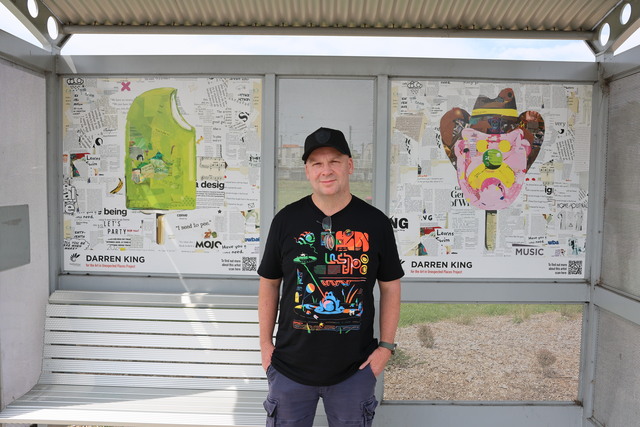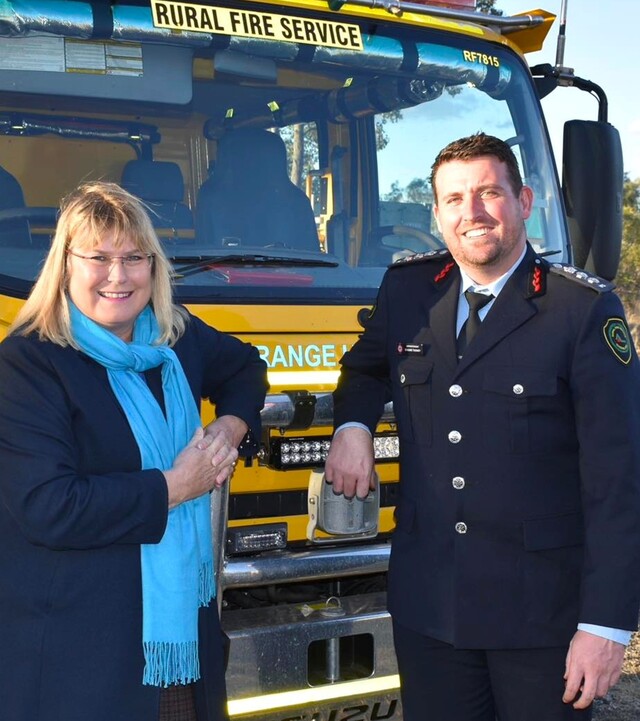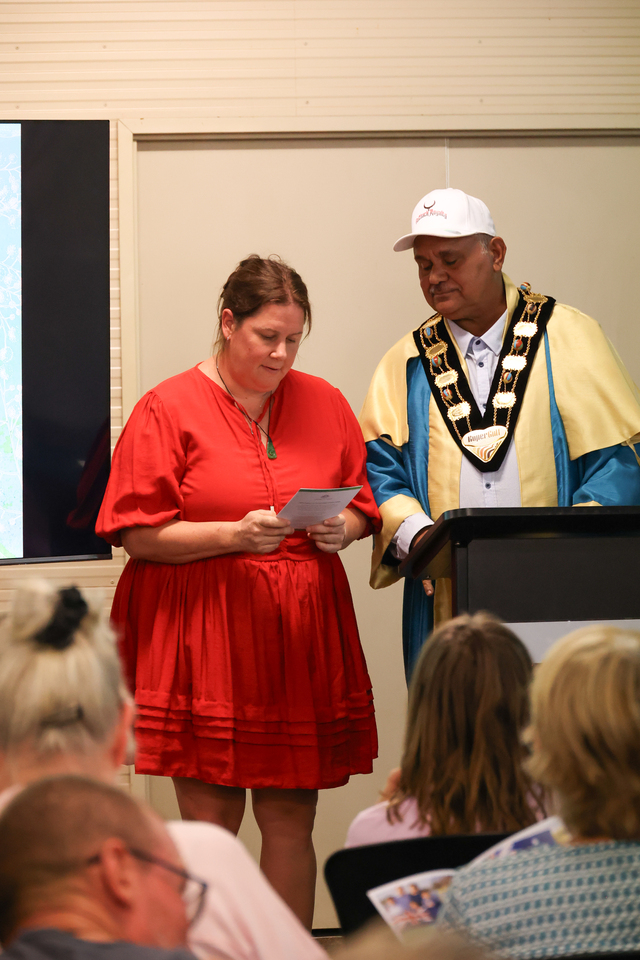Councils large and small are taking a range of actions to deal with and reduce the effects of climate change. However, recent disasters, such as the bushfires in Victoria and extensive flooding in Queensland and New South Wales, indicate an increasing likelihood of such extreme weather events.
As councils work with their communities to reduce risks, and put emergency management plans in place to respond to, and then recover from, a natural disaster, it is becoming more and more evident that in times of stress people turn to their councils for help and support.
And this support may be required for a number of years.
Speaking at the recent National General Assembly of Local Government, Mayor Pino Giandomenico from Hinchinbrook Shire in Queensland said that after Cyclone Ellie on 2 February 2009, Ingham experienced three separate flood peaks over several days.
He said that Council had produced modeling for properties that could be inundated but some people said their property had never flooded before so Council was just scaremongering.
“It is vital to educate the community on the risks and be aware of such complacency – our last flood this high was 27 years ago,” he said. “Availability of food and other essential supplies after a disaster is important. Most areas will only have two or three days’ supplies and most disasters last longer than this.”
“In the future we will import outside help early, especially to run emergency centres, as locals have enough on their plate in getting on with the cleanup.”








